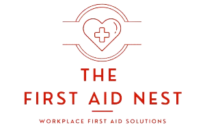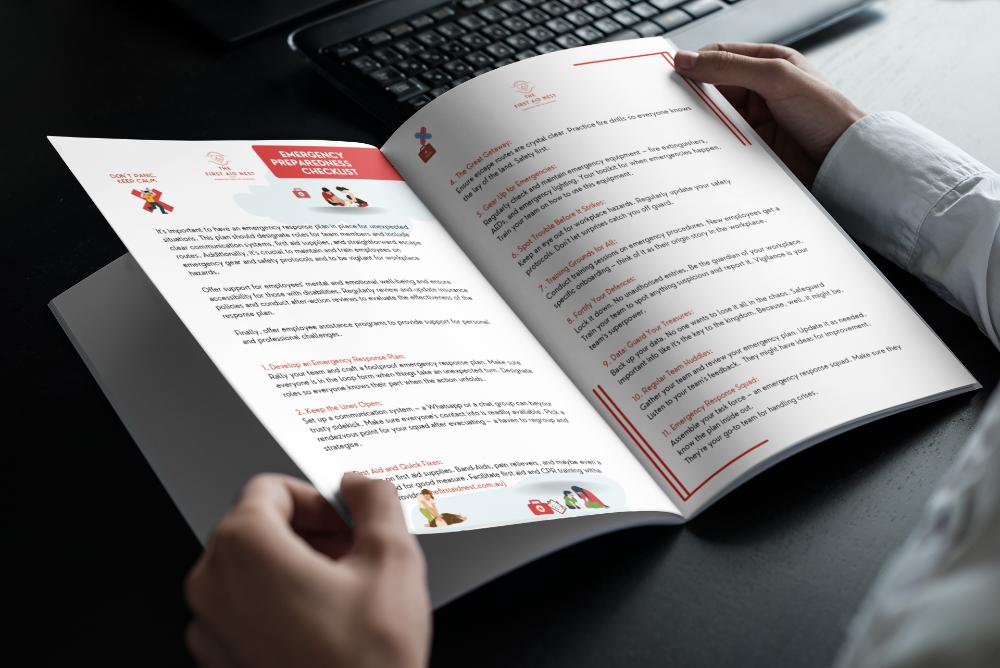HLTAID011 Provide First Aid Is The Course You Need
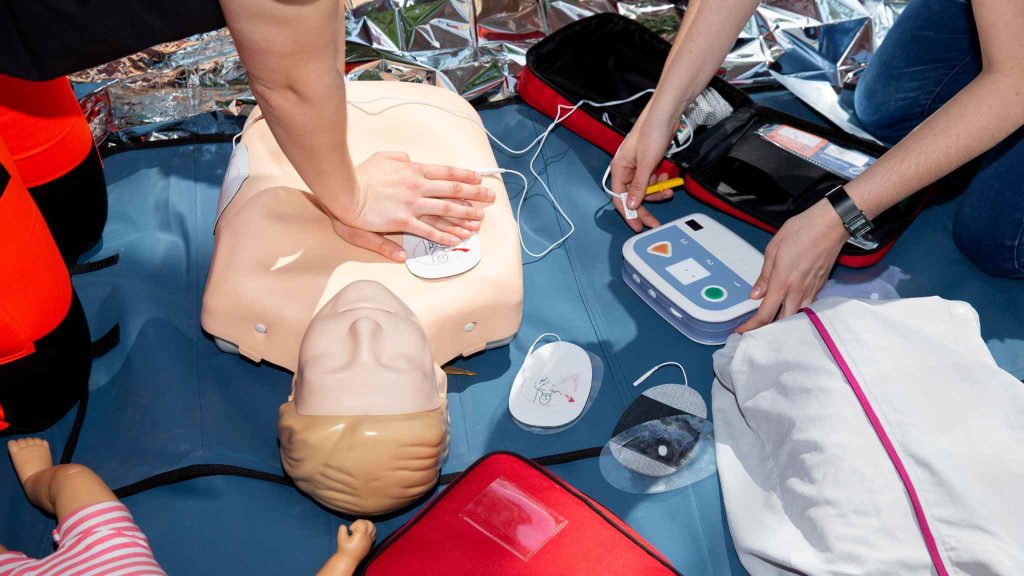
HLTAID011 Provide First Aid Is The Course You Need
Being able to provide first aid is a necessary life skill. You never know when you or someone else will need it. It’s always best to be prepared. In this blog post, we’ll explore the reasons why you should take a first aid course. We’ll also provide some tips on what to look for in a course, so you can find one that’s right for you.
What is HLTAID011 Provide First Aid
HLTAID011 Provide First Aid is a specififc government accredited course where you receive a certificate of attainment. This is recognised nationwide by all employers.
You can complete this course in 6-7 hours face to face or you can complete 4-5 hours of online pre-learning followed by 1-2 hours of face to face assessment.
The course covers assessing the casualty, providing safety, accessing emergency services, and using resources to provide first aid, such as providing CPR and using a defibrillator, administering an autoinjector for anaphylaxis, administering asthma medication, assisting someone choking, using appropriate immobilisation techniques for envenomation, fractures, dislocations, sprains and strains, managing casualties with non-life-threatening bleeding and shock.
You will learn basic anatomy, physiology and the differences between adults, children and infants relating to CPR, the importance of the chain of survival, written and verbal reporting of incident details, reviewing incidents to improve own skills and response times, to recognise psychological impacts, and seeking help as required.
What Is First Aid?
When it comes to first aid, there are a few things you need to know. First aid is the provision of initial care for an illness or injury. It is usually performed by a layperson but can also be done by medical professionals.
First aid can be performed on people of all ages and can be used to treat a wide variety of conditions. The most common use for first aid is to provide relief from pain and discomfort, to control bleeding, and to prevent further injury.
First aid can be performed on both conscious and unconscious patients. When performing first aid on an unconscious patient, it is important to ensure that they are in a safe position and that their airway is clear before proceeding.
It is important to remember that first aid is not a substitute for medical care. If you are able to, you should always seek professional medical help as soon as possible. However, in some situations, such as when someone is choking or has a severe bleed, first aid can be the difference between life and death.
The main goal of first aid is to preserve life, prevent further harm, and promote recovery. First aid can be used in a variety of different situations, ranging from minor injuries to major emergencies. In most cases, the goal of first aid is to keep the victim alive until more advanced medical help arrives.
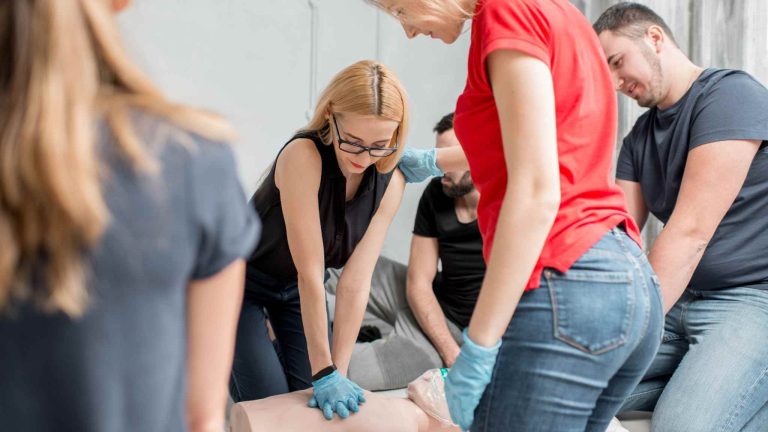
First aid can be divided into three different categories:
– Primary
– Secondary
– Tertiary
Primary care is the initial care given to a victim after an injury or illness has occurred.
Secondary care is provided when primary care has been unsuccessful in treating the victim or when the condition of the victim deteriorates.
Tertiary care is typically only required in very severe cases where the victim’s condition is critical and they are not expected to survive without intensive treatment.
When providing first aid, it is important to remember the ABCs: airway, breathing, and circulation. The airway must be clear in order for the victim to breathe properly. If the airway is blocked, it must be opened using the correct techniques, which you would learn in a first aid course.
HLTAID003 Provide First Aid
When it comes to first aid, there are a lot of different courses you can take. But if you want to be able to provide first aid in a variety of situations, then the HLTAID003 Provide First Aid may be the one you were familiar with. however the course has been updated and is now HLTAID011 Provide First Aid.
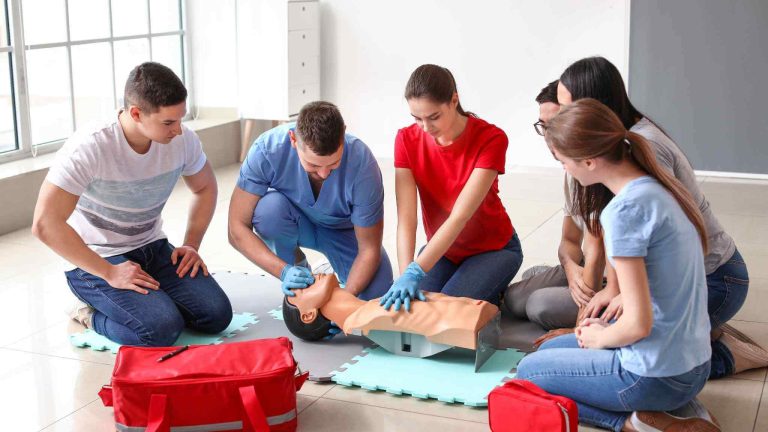
HLTAID011 Provide First Aid
If you are interested in becoming a certified first aider, then the “Provide First Aid” course is the one you need. This comprehensive course covers everything from basic CPR techniques to dealing with more serious injuries and medical emergencies. Upon successful completion of the course, you will be awarded a nationally-recognised qualification that will allow you to provide first aid in any situation.
This course will teach you how to provide first aid in a range of different situations, including:
– How to assess an incident and determine the best course of action
– How to provide CPR
– How to use an Automated External Defibrillator (AED)
– How to treat bleeding, burns and fractures
– How to deal with shock and spinal injuries
After completing the course, you will be able to provide first aid in a confident and effective manner. So if you ever find yourself in a situation where someone needs help, you’ll know exactly what to do.
What will I learn?
In this course, you will learn how to provide first aid. This includes learning how to assess an emergency situation, how to provide basic life support, and how to use an automated external defibrillator (AED). You will also learn about different types of wounds and bleeding, and how to treat them. Finally, you will learn about common first aid myths and mistakes, so that you can be sure to provide the best possible care in an emergency situation.
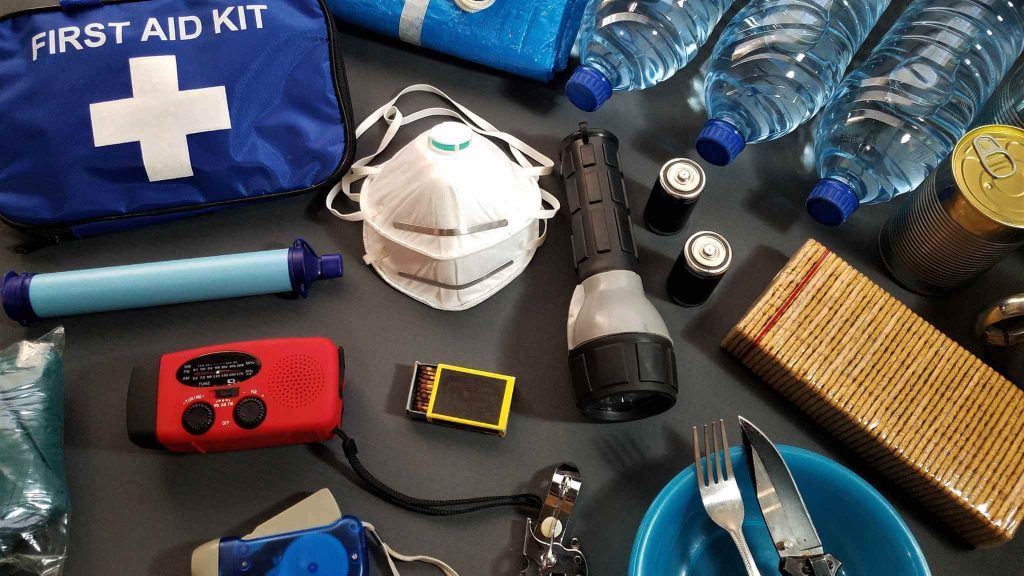
How long does it take
When it comes to first aid, timing is everything. That’s why it’s important to know how long it will take for you to receive professional help after you provide first aid.
According to the National First Aid Science Advisory Board, the average time from when an incident occurs to when professional help arrives is three to four minutes. However, this time can vary depending on the location of the incident and the availability of professional responders.
In some cases, such as when an incident occurs in a remote area or there are delays in getting professional help, it may take longer for someone to receive medical care. That’s why it’s important to be prepared to provide first aid until help arrives.
The length of time it takes to provide first aid will also depend on the severity of the injury or illness. For example, if someone has a serious bleeding wound, you will need to apply pressure and bandage the wound as soon as possible. This may take several minutes. If someone is having a heart attack, you will need to administer CPR immediately.
Knowing how long it will take for professional help to arrive and being prepared to provide first aid until help arrives can make all the difference in a person’s life.
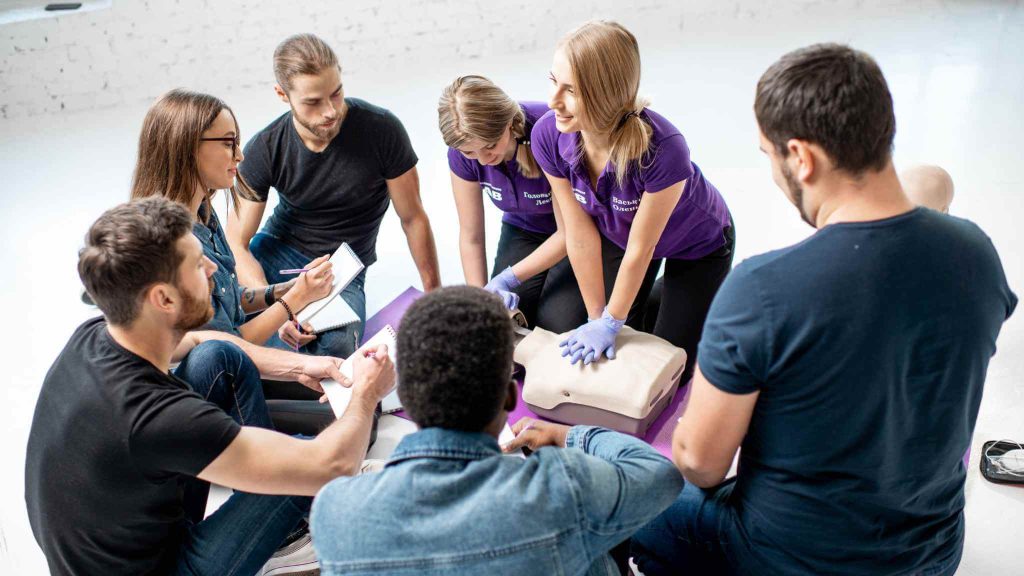
Can I learn provide first aid online?
Yes, you can learn first aid online! There are a number of online courses available that can teach you the basics of first aid. Our online option means that you can do 80% of the course online before the short 1-2 hour face to face assessment.
Can I learn provide first aid in a group?
Yes, you can learn how to provide first aid in a group. We specialise in workplace group learning so ask your manager to look into this today!
Will you come to our workplace?
Yes we will attend your workplace for groups of 6+ people to runa first aid course for you. 80% of the learning can now be done online if you wish.
What are the benefits of taking a first aid course?
There are plenty of benefits to taking a first aid course, and not just for those who want to be able to provide first aid in emergency situations. First aid courses can teach you how to prevent accidents and injuries from happening in the first place, as well as what to do if someone is injured or becomes ill.
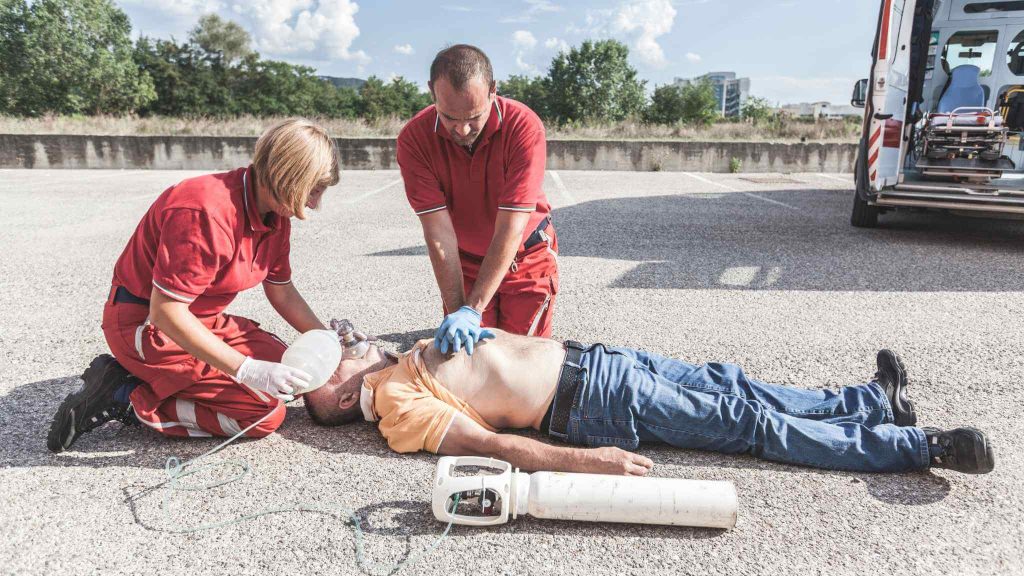
First aid courses can also help you feel more confident and prepared in general, both in your personal life and in your professional life. If you work with children, for example, knowing how to administer first aid can give you an extra level of confidence and peace of mind.
In addition, taking a first aid course can also be a great way to meet new people and make new friends. First aid courses are often a great way to provide team building exercises.
Who needs to take a first aid course?
If you are an office worker, construction, coach, teacher, or simply want to be prepared for any situation, a first aid course is perfect for you! With Provide First Aid, you will learn how to properly administer first aid in any situation.
This course is also ideal for those who work in high-risk environments, such as construction sites or factories. First aid training can mean the difference between life and death in these situations.
So, whether you want to be prepared for anything or work in a high-risk environment, a first aid course is perfect for you!

How often should you take a first aid course?
It is recommended that you take a first aid course at least once every three years. However, if you work in a high-risk environment or are regularly exposed to hazardous materials, you may need to take the course more frequently. The HLTAID009 Provide CPR must be refreshed every 12 months.
What are the different types of first aid courses available?
There are many different types of first aid courses available to suit your needs. Here is a rundown of some of the most popular courses:
– HLTAID011 Provide First Aid: This covers most of the first aid situations, such as how to deal with bleeding, fractures and burns and perform CPR.
– HLTAID009 Provide CPR: This covers how to perform CPR on adults, children and babies.
– Anaphylaxis: This covers how to deal with anaphylactic reactions, such as those caused by bee stings or nuts.
– Asthma: This covers how to deal with asthma attacks and manage asthma in general.
– HLTAID012 Provide First Aid in an Education and Care Setting: This covers first aid requiremnets for those working in childcare, before and after school care, vacation care and schools.
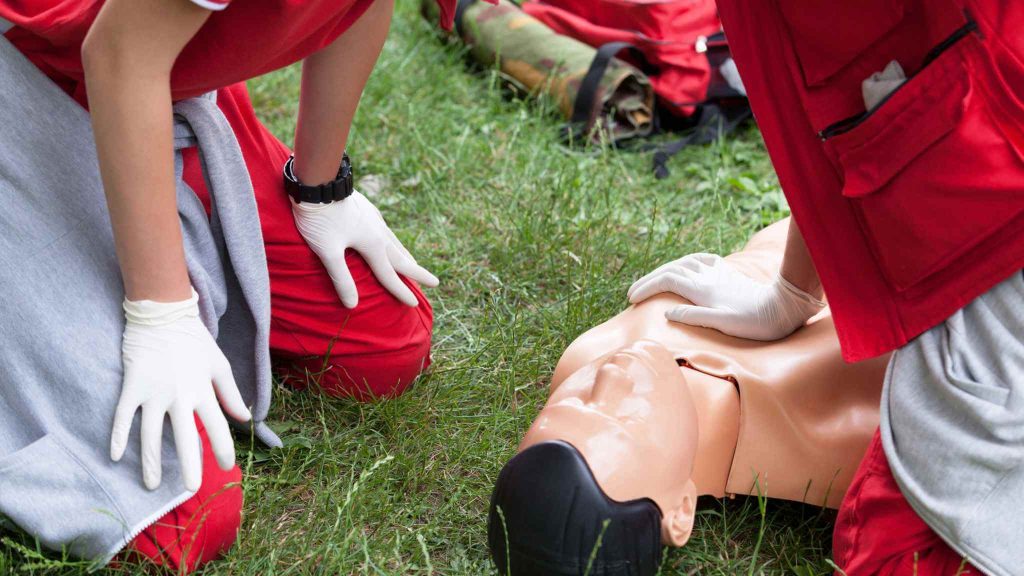
Which first aid course is right for you?
When it comes to first aid courses, there are many options to choose from. It can be difficult to decide which course is right for you. Here are some things to consider when choosing a first aid course:
-The type of injury or illness you are most likely to encounter: If you work in a school, you will want a course that covers CPR and choking. If you are a lifeguard, you will want a course that covers drowning and near-drowning.
-The age group of the people you will be caring for: If you work with infants and toddlers, you will want a course that covers CPR for infants and children. If you work with adults, you will want a course that covers CPR for adults.
-The length of the course: Some courses are only a few hours long, while others may be several days long. Consider how much time you have to dedicate to the course.
-Your level of experience: Some courses are designed for people who have no previous first aid experience, while others are geared towards those who have some experience. Choose a course that is appropriate for your level of experience.
Most people require the HLTAID011 Provide First Aid unless they are in childcare or school or a high risk construction worker.
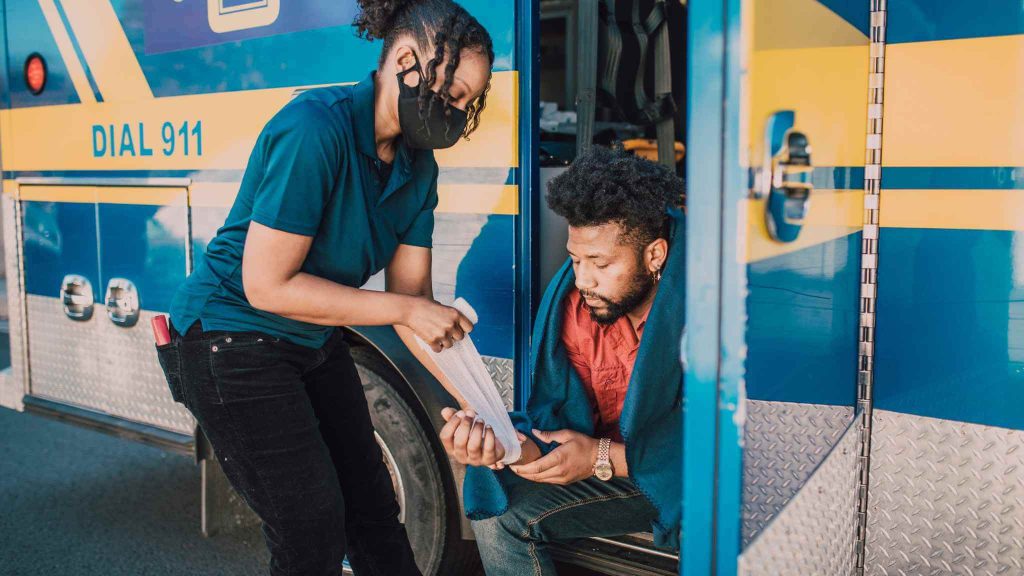
Conclusion
If you are interested in learning how to provide first aid, then this is the course for you. This course will teach you everything you need to know about providing first aid, from CPR to dealing with wounds. With this knowledge, you will be able to help someone in their time of need and potentially save a life.
Want more? We’ve got you covered…
Our Baby First Aid Courses
Our baby first aid courses are available in person in your home and online. We run classes in your home with groups of 2, 4 or up to 10 in Sydney & Melbourne and you can book in 3 easy steps!
- Pick your class
- Follow the prompts to purchase
- We will contact you within 24 hours to lock in your date of choice
Our First Aid Certificate Courses
We run most of the popular first aid courses Australia wide. HLTAID011 Provide First Aid, HLTAID009 Provide CPR, HLTAID012 Provide First Aid in an Education & Care Setting, RAMOAP (anaphylaxis), Mental Health first aid and CPR/LVR to name a few.
Book your public spot online or contact us if you have a group of 5+ people for onsite training.
Here are some other resources you may enjoy!
FREE GUIDE: Your Virtual Baby First Aid Kit
FREE GUIDE: Introducing Common Allergy Foods & Allergic Reactions
FREE Workplace Emergency Preparedness Plan: Grab this at the bottom of every page!
Follow for baby & child first aid and allergy info and tips on Instagram & TikTok, all @thenestcpr
